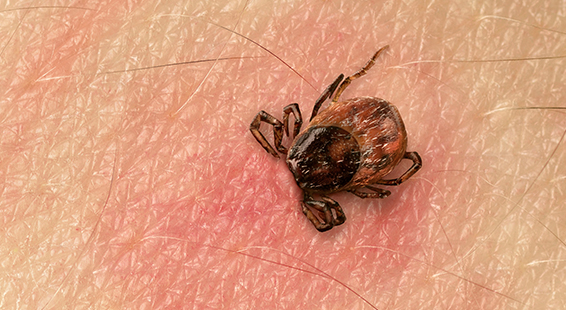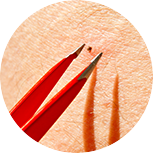
|
|
Prevention Avoiding tick bites is the most effective way to protect yourself from Lyme disease and other tick-borne illnesses. |

|
|
What to do if you’re bitten If you notice a tick embedded in your skin, don’t panic. You can safely remove it by following the recommended precautions and thoroughly cleaning the bite area. |

|
|
Support and treatment If you’re pregnant or breastfeeding, treatment options for Lyme disease and other tick-borne diseases are available. Contact your health care provider for more information. |









